
Some discoveries start small but ripple across centuries. The lodestone, simple yet mysterious, captured human attention and imagination, inspiring questions, experiments, and exploration. Its story shows how even the humblest objects can drive innovation and change our understanding. Discover what this remarkable natural magnet really is, and how it shaped history.
What Is A Lodestone?
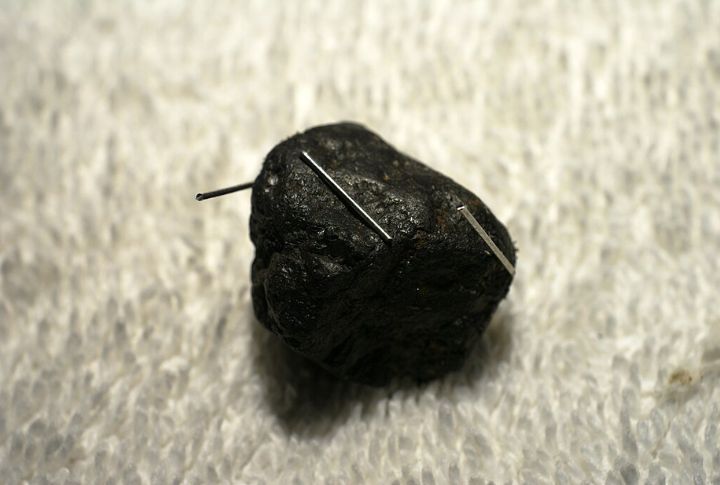
Lodestone is a naturally formed piece of the mineral magnetite that has become permanently magnetized. Unlike ordinary magnetite, lodestones possess a strong, stable magnetic field that can attract iron and influence magnetic needles. What makes them special is their ability to act as natural magnets.
How Lodestone’s Magnetism Is Born
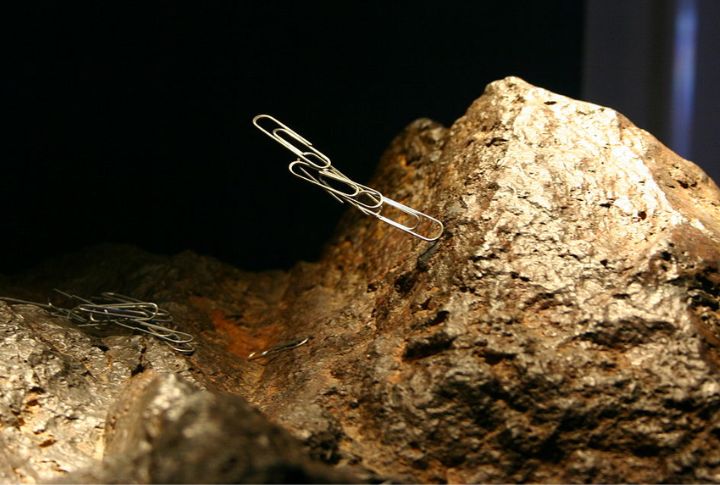
Earth’s steady field doesn’t fuel the lodestone’s magnetism. Instead, powerful lightning strikes deliver the intense magnetic surge needed to magnetize magnetite into lodestone. Their crystal structure, with maghemite impurities, helps them retain this magnetism over time. Each lodestone’s pull reflects a rare and electrifying geological event.
How People First Noticed The Rock That Pulled Iron
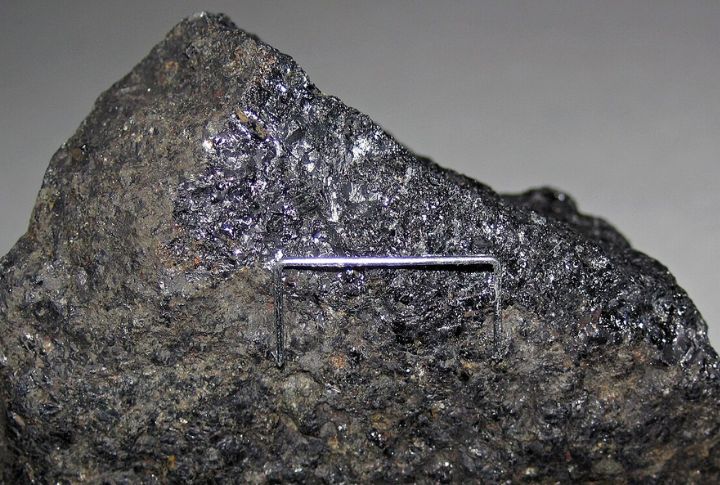
Centuries before science explained it, the lodestone’s magnetic pull stirred curiosity. Ancient Chinese writings in the 4th century BCE described its force, while Sanskrit texts called it “ayaskanta.” Thales of Miletus mentioned it in 600 BCE, and Vikings may have used it; its name is linked to Magnesia, Greece.
How Ancient Beliefs Turned Into Navigation Breakthroughs
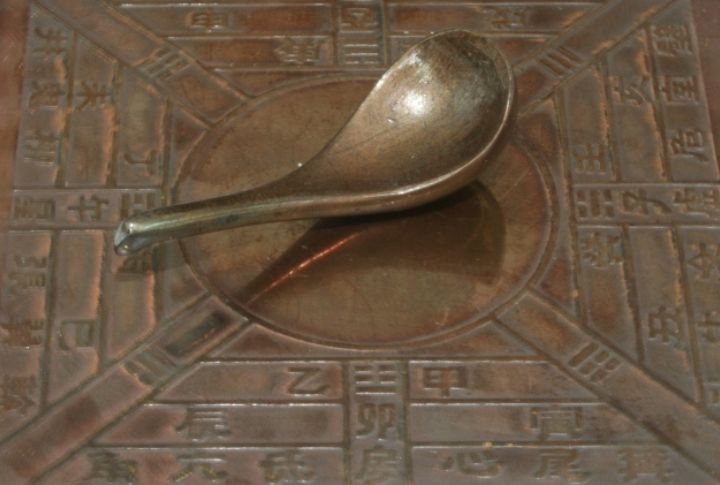
Islamic scholars were already studying the lodestone’s pull by the 9th century, building on earlier spiritual traditions. In ancient China, it was also used in feng shui to align buildings with Earth’s energy. Spoon-shaped compasses on divination boards slowly shifted from mystical roles to directing practical wayfinding across seas and lands.
How The Compass Changed Travel And Exploration
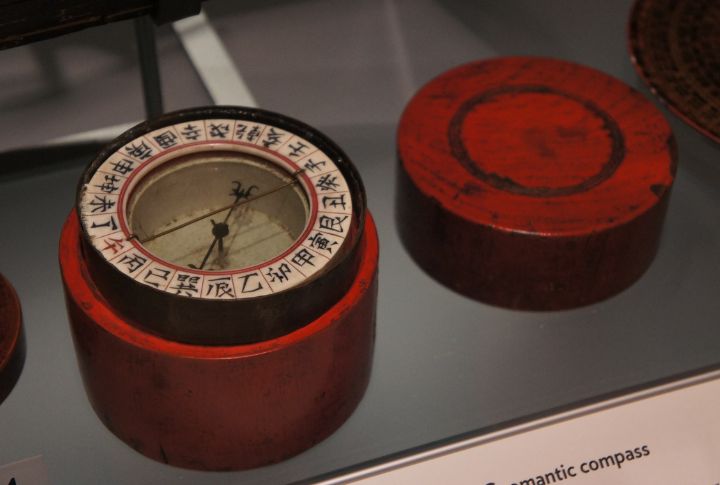
In China’s Han dynasty, the first compasses were made with lodestone. By the 11th century, Chinese sailors steered ships with floating needle compasses. Then, Arab traders introduced the tool to Europe, and by the 13th century, Mediterranean sailors were crossing seas without depending entirely on the stars.
How Lodestone Sparked Scientific Curiosity
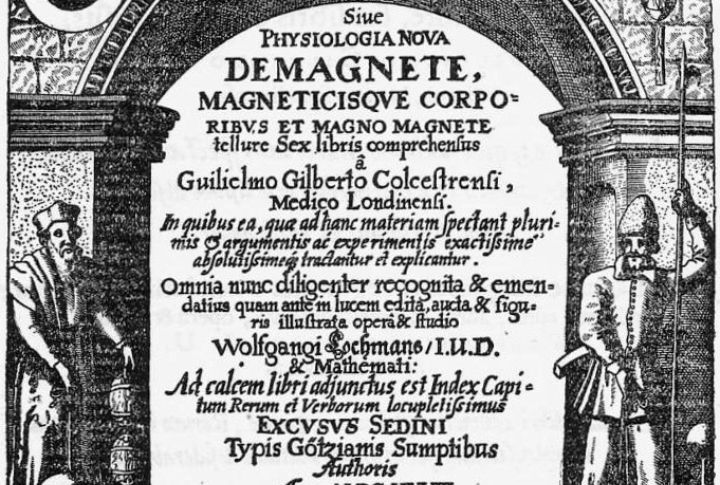
Early scientists used lodestones as the first natural magnets for experiments. William Gilbert’s 1600 study, “De Magnete,” relied heavily on these stones to prove Earth was magnetic. Their unusual pull turned lodestone into the foundation for centuries of magnetic research.
How Magnetism Powers The Tools We Use Today

From ancient lodestone to life-saving technology—this humble magnetic rock revolutionized everything. Today, its power drives MRI machines that peer inside our bodies, hard drives that store our memories, electric motors that move our world, and targeted cancer treatments that save lives.
How Magnetic Rocks Help Us Study Earth’s History
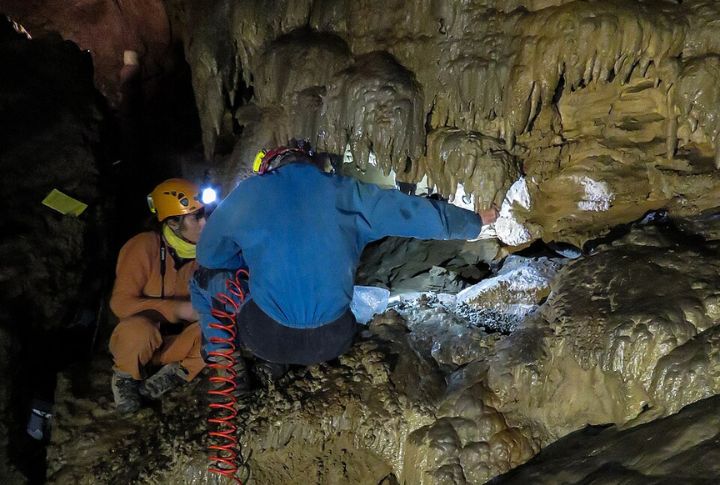
Ancient rocks in Greenland reveal that Earth’s magnetic field existed 3.7 billion years ago. Through paleomagnetism, scientists study how magnetic minerals in rocks align to trace field changes over time. Magnetic stripes on the ocean floor confirm plate tectonics.
How Lodestone Led To Discoveries About Animal Navigation

The pull of lodestone sparked curiosity about how living creatures detect Earth’s magnetic field. For example, scientists found that birds sense magnetic fields with receptors in their beaks, sea turtles return to birth beaches using geomagnetic cues, and bacteria align along magnetic lines using tiny crystal chains.
From Myth To Science On How A Rock Became A Marvel
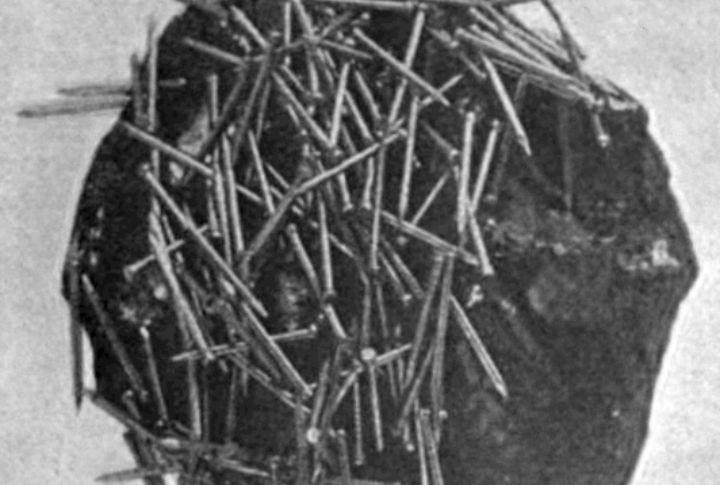
Stories once cast the lodestone as magical, with powers to heal or even drag ships across the sea. Medieval tales added the claim that it could expose lies. These legends now sit alongside science, which revealed its true pull, linking ancient wonder to the magnetism shaping our progress today.

